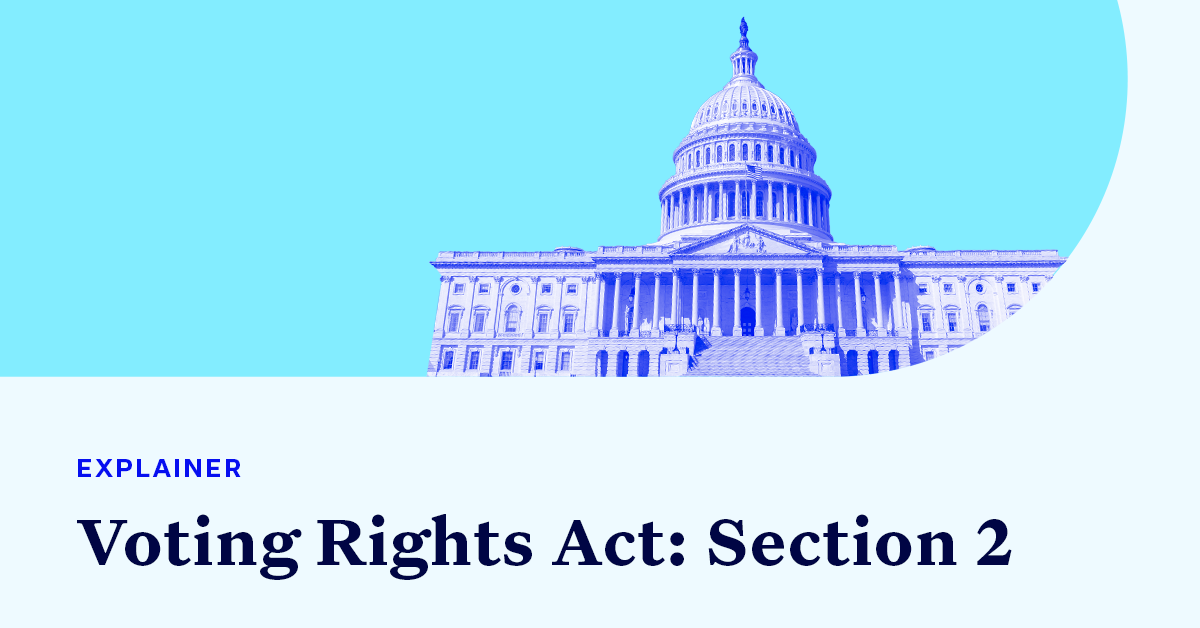What’s the Deal With Off-Year Elections?
Five states hold statewide off-year elections. In today’s Explainer, we walk through which states have off-year elections in 2021, why they have them and how the delayed redistricting process could upend expectations.








